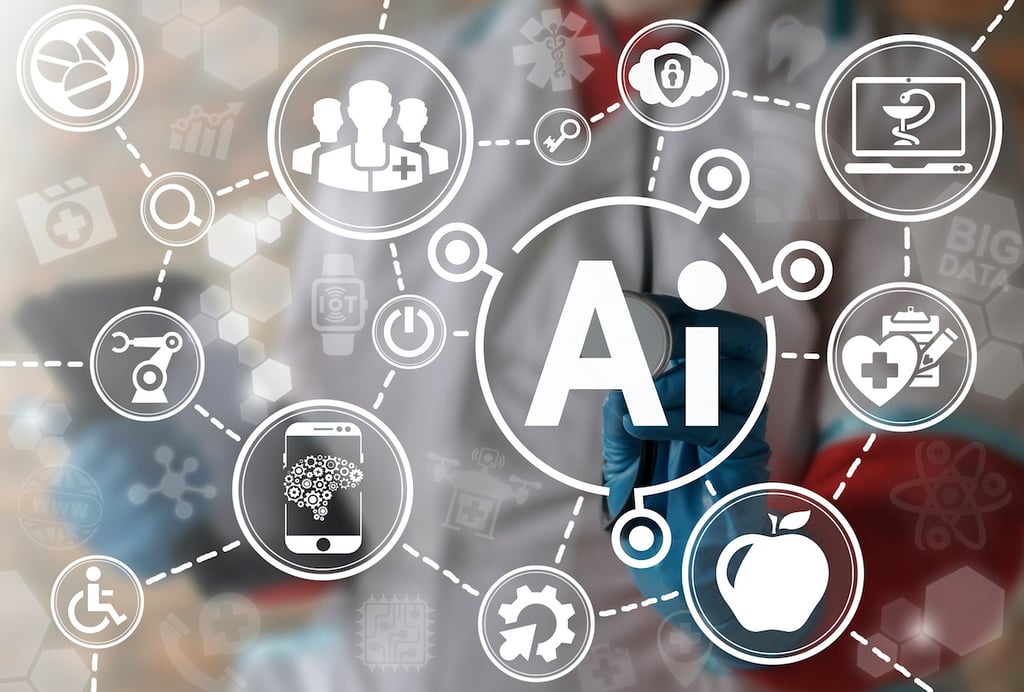
The Challenges of Gaining Useful Insight into Data

Business users are finding that the self-serve data and integration tools they craved are leading to more confusion and frustration, it seems.
“Last year the buzzwords were data discovery and governed data discovery—everyone wanted to learn as much as possible about those two concepts,” writes Rado Kotorov, vice president of Product Marketing for Information Builders. “Based on the excitement last year, it seemed that data discovery would replace all other styles of BI and analytics. But I found that the excitement over data discovery was replaced at this year’s Gartner summits by confusion and concerns.”
Since Gartner is all about bimodal IT this year — or what the rest of us have called self-service technology — the research firm’s answer to this is “bimodal BI.” The approach basically calls for separating data discovery and analytics from traditional BI reporting.
Kotorov points out that this raises serious questions for vendors about how to evolve, but in many ways, it’s simply acknowledging what’s already happened. As data scientist educator Lillian Pierson explained in this video, BI is about strict reporting and analytics is more about exploring. The technologies for each also have different heritages, so it makes a kind of intuitive sense to make the distinction, even though it will inevitably confuse things in the short term (or until the two merge through market consolidation).
One thing is certain: Things are changing for enterprise IT and business users alike. This week, I spoke with Progress Software’s Dion Picco, senior director of product management and marketing in the Data Collaboration and Integration unit. Picco foresees a shift where business users explore the data and find what’s needed, and then IT applies more rigorous data practices.
“My interpretation of the whole bimodal BI is really saying we’re entering a new era where the business now has the ability to explore data themselves,” Picco said. “They have the technology and tools and the desire, most importantly — and that’s being accompanied by a growing budget — to be able to go in, understand what the data is saying, and then bring that to IT to say we need to formalize this practice so it is trusted by the rest of the enterprise. We don’t want to get into a situation where it’s one line of business, or one division arguing against the data with another.”
But business users still need some way to prepare the data before they tinker, Picco added.
“You want to go to this exploration — this spelunking phase if you will — of really looking at the data, starting to see what kind of quality is it in, is it ready to be reported on, do I trust it, what kind of hidden gems would I find in this particular piece of data,” he said. “That’s not something you can easily give to IT. It requires a pretty deep level and understanding of the business and the ability to put that data into context. And that’s really given rise to a whole new set of tools.”

Progress will release into beta a revamped version of its high-speed data preparation tool, Easyl. It’s been redesigned specifically for marketing and sales business users.
“Now you have the ability to do some level of data discovery through the use of quick visualization and things like that, but if you have garbage data to begin with, those tools don’t really take you to the finish line by themselves,” he said. “You need to be able to blend the data yourself, to be able to blend it from different data sources.
“So enabling the citizen user to self-service their data needs, to prepare the data and then bring it into their favorite BI tool like Tableau, is really a necessity now. “
Loraine Lawson is a veteran technology reporter and blogger. She currently writes the Integration blog for IT Business Edge, which covers all aspects of integration technology, including data governance and best practices. She has also covered IT/Business Alignment and IT Security for IT Business Edge. Before becoming a freelance writer, Lawson worked at TechRepublic as a site editor and writer, covering mobile, IT management, IT security and other technology trends. Previously, she was a webmaster at the Kentucky Transportation Cabinet and a newspaper journalist. Follow Lawson at Google+ and on Twitter.












